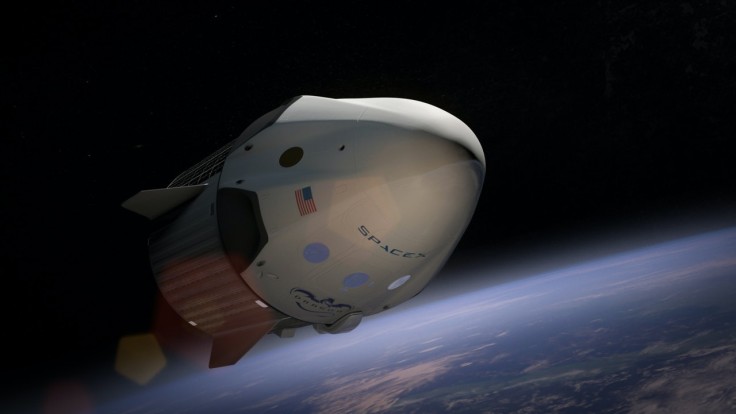
SpaceX CEO Elon Musk tweeted over the weekend a video of the Starship rocket's electrifying power: it can actually act as a lightning rod!
— Elon Musk (@elonmusk) October 2, 2021
In the video, lightning repeatedly hit the spacecraft with no apparent effect. It was taken during a thunderstorm at the company's Boca Chica facility in Texas, where engineers are busy developing the Starship rocket that is designed to potentially send humans to Mars. The spacecraft is currently being prepared for its first orbital flight.
"This is real btw," Musk commented after sharing the video, emphasizing how dramatic the scene looked.
Musk further shared a YouTube link to the 1974 trailer of the film "Young Frankenstein", which showed lightning storms that were similar to the one that occurred in the Starship video.
SpaceX Starship Designed for Multi-Planetary Travel
This video is among many others that document the development of SpaceX's prized spacecraft. First unveiled in 2017, the Starship is intended to bring up to 100 tons of cargo or 150 people to space at a time. It is set to use liquid oxygen and methane as fuel, allowing astronauts to go to Mars, refuel using resources on the red planet, and choose to either make a return trip back to Earth or go further into space.
Musk envisions the Starship as the vehicle allowing humans to travel to multiple planets.
Previous images of the Starship include how the spacecraft could bring 240 Starlink satellites in one mission, how it could potentially work with the grabbing tower Musk dubbed as "Mechazilla," and how it appears standing 400 feet tall at the tower paired with its Super Heavy booster.
LabPadre, a 24-hour livestream of the SpaceX Boca Chica construction facility, posted images of the event, which it captioned, "Tonight was electrifying."
Holy cow! Tonight was electrifying!👀⚡️ #SpaceX #Starbase #BocaChica #Texas #Starship pic.twitter.com/l9RNrvYiEx
— LabPadre Space (@LabPadre) October 2, 2021
Hurdles to Starship's First Orbital Launch
However, it may take some time before the Starship makes its historic launch. The U.S. Federal Aviation Administration said the previous week that it would extend a public comment review period surrounding SpaceX's environmental evaluation, BDG's Inverse reported. The review, which is a major obstacle to Starship's orbital launch, will now accommodate public comments until November 1. It means that the orbital launch may not take place this year.
SpaceX plans to launch the first humans to Mars by around the mid-2020s, which would lead to the establishment of a full-size city on Mars by 2050.
Once it gets the FAA approval, the Starship and Super Heavy mission will start with its launch from Boca Chica. The Super Heavy booster would then make a splash in the Gulf of Mexico, which is shortly off the coast from Boca Chica, around three minutes after lift-off. The Starship would then proceed into orbit and then make a reentry after it would complete less than an orbit, and go down 100 kilometers northwest of the Kauai island in Hawaii in a span of about 90 minutes.
Related Article : Elon Musk Teases SpaceX Starship Interior, Mechazilla [PHOTOS]









